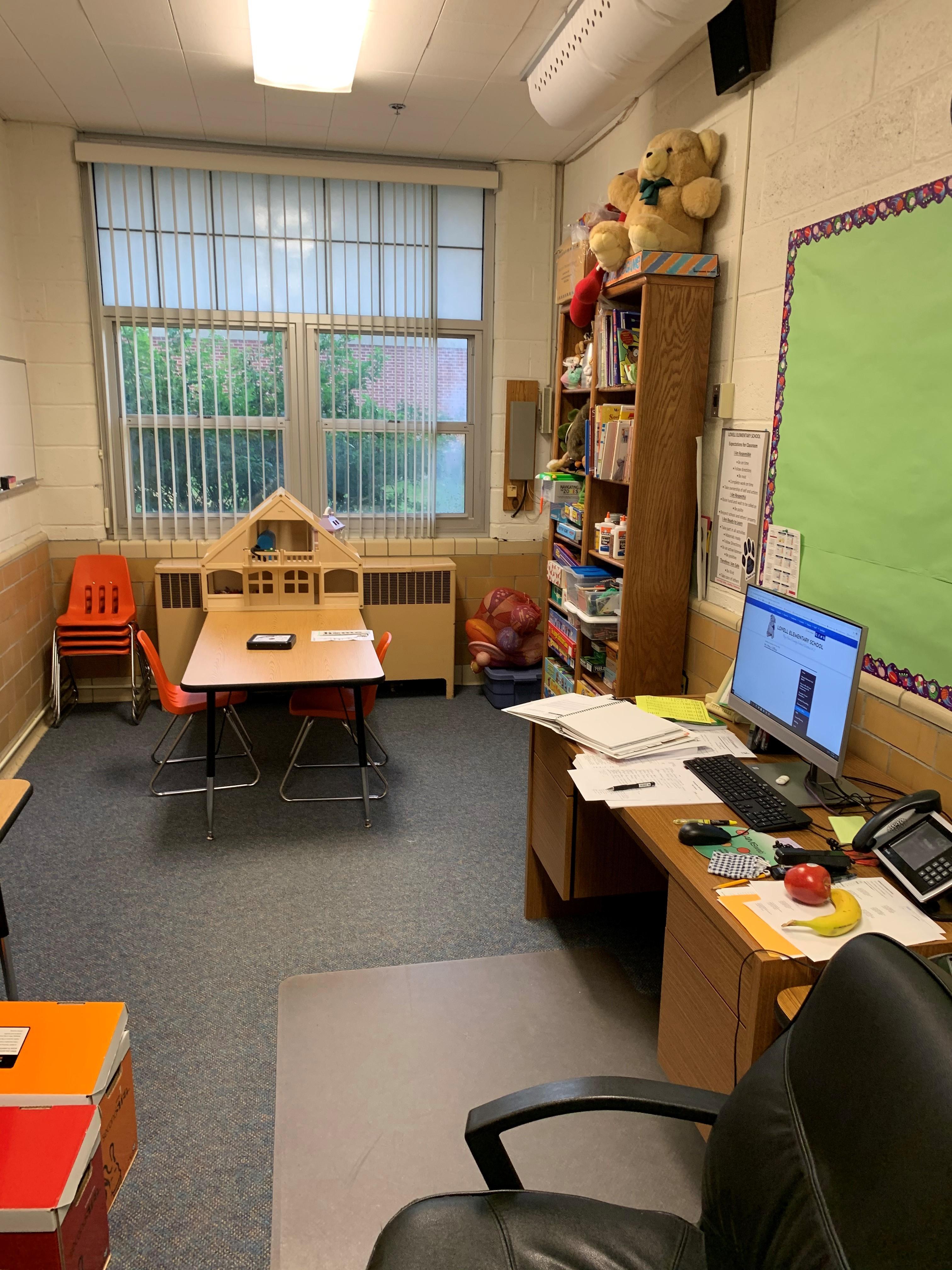Guidance and Counseling
My name is Mr. May! Welcome to Lovell Elementary Guidance Page!!
What does a School Counselor do?
Work with individuals and small groups
Help identify needs of students
Encourage better interpersonal relationships
Promote positive attitudes and choices
Provide preventative services
Teach developmentally appropriate classroom guidance lessons
Meet with parents
Collaborate with teachers, parents, and outside agencies as needed
Talk, read books, play games or draw pictures with children who need to talk
Hold parent workshops on relevant topics
A student may see a counselor for help with...
Social Skills
Friendship issues
Anger Management or self-control
Difficult Decisions
Family concerns
Happy Occasions
Death/Serious illness in Family
Success & Accomplishments
Any other areas of concern
Mission Statement and Beliefs
Lovell Elementary Guidance Mission Statement
Lovell Elementary Guidance Program will promote a caring atmosphere whereby children's needs are met through prevention, early identification, and intervention. The program will assist students in three specific areas identified by the American School Counselor Association standards which are: Academics, personal/social, and career/technical. This will allow children to develop a positive sense of self and become effective students, responsible citizens and life long learners.
I Believe:
All students are capable of high achievement and deserve to be surrounded by an environment of high expectations.
All students have equal rights to counseling services & guidance services.
All students have the right to a safe, respectful school environment.
The school counselor is a resource and an advocate for all students, staff, parents and the community.
All students, parents, educators, and members of the community share responsibility for the general welfare and success of each individual.
A school guidance program should be comprehensive in scope, developmental in nature and preventative in design.
All students have diverse strengths, needs and abilities that contribute to their academic, personal, social, career and community goals.
Counseling
Individual Counseling
Individual counseling with students is based on teacher, parent, counselor, or principal referral. School counseling is a brief solution-focused intervention working with students in developing skills and assets to succeed in school and in life. A consent form will be filled out that will help define what the student needs help with and gives parent consent for school counseling.
At school students my leave a note outside of the counselors office when the need help. The box outside of my office is checked daily and I will check with your student as soon as possible.
Group Counseling
Group counseling is designed to support a small group of students needing help developing a skill deficit. Groups are developed to meet the following skills:
Social Skills
Friendship Skills
Anger Management
Study Skills
Conflict Resolution
Loss and Grief
Anxiety
Self-Esteem
Students can be referred by teachers, parents, and principal. Sometimes office referrals that suggest the student struggling in an area may need support to develop skills that will help them be successful. As a school counselor, I am excited to help your students in anyway possible.
Classroom Guidance
Classroom Guidance is an essential part of a comprehensive guidance program. It consists of core curriculum designed to provide students with learning activities that focus in three content areas: academic achievement, career development, and personal/social growth. At the elementary we use a variety of activities from Second Step Program, Kelso's Choices, and bridges. However, teachers may request topics that they feel their students need extra support or help with.
Second Step
Second Step Social Emotional Learning is research-based, teacher-informed, and classroom-tested to promote the social-emotional development, safety, and well-being of children from Early Learning through Grade 8.
Parents can activate their secondstep site by creating an account and using the activation key to view the site.
Activation Key for Kindergarten | SSPK FAMI LY70 |
Activation Key for 1st | SSP1 FAMI LY71 |
Activation Key for 2nd | SSP2 FAMI LY72 |
Activation Key for 3rd | SSP3 FAMI LY73 |
Activation Key for 4th | SSP4 FAMI LY74 |
Activation Key for 5th | SSP5 FAMI LY75 |
Career Planning
nterests, and abilities. Part of this exploration is the development of such qualities of being responsible, respectful, honesty, compassion, self-discipline, courage, perseverance, and citizenship. By developing such qualities our students will be dependable in carrying out obligations and duties. They will show high regard for authority, for other people, for self, and for property. They will have the ability to be considerate, courteous, helpful, and understanding of others through kindness, friendship, and generosity. They will have the ability to be in control of their actions so they can make positive choices. They will be brave in difficult times, meeting danger without fear; daring. They will stick to a purpose or an aim; never giving up what one has set out to do. They will learn the importance of contributing to school and community. This is an effort through all stakeholders.
Here are a few sites that may help:
Click on Paws in Jobland - Activation Code WY01909
Click on My Next Move
Click on Careeronestop
Click on Bigfuture
Bullying
Bullying is always a topic that arises throughout the country and often times in the news. Bullying occurs in a covert hidden manner. These acts are carried on out of sight and can happen as quickly as 10 seconds. Bullying is when one person uses power in willful manner with the aim of hurting another individual repeatedly. All children are the victims of occasional teasing, but some are repeatedly targeted. Conflict is an inevitable part of interaction. As children interact with friends, groups, and through social interaction, natural conflict will occur.
Bullying can occur in both an indirect and direct manner. Boys tend to bully with aggressive tactics while girls tend to bully with social alienation and intimidation. Bullying ranges from mild to moderate through physical aggression, social alienation, verbal aggression, intimidation, and cyber bullying. By understanding the difference between normal conflict vs. bullying, parents can assist their students in finding quality solutions to the problem.
What is the difference between normal peer conflict vs. bullying?
Normal Peer Conflict | Bullying |
|
|
"Normal peer conflict is typically characterized by the developmental level of the children involved. Aggression and hurtful remarks are part of conflict at all ages; they do not necessarily mean that a bully-victim problem exists p.5.” However, bullying can be recognized by unique social interactions:
Repetitive negative actions targeting a specific victim.
An imbalance of power.
Unequal levels of affect.
Parents can be a big help by understanding the difference between Normal Conflict vs. Bullying.
Through this understanding parents can respond with less emotion and be more effective working through the problem with their child.


